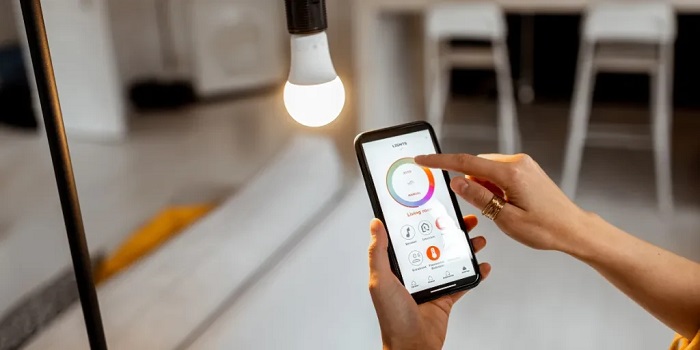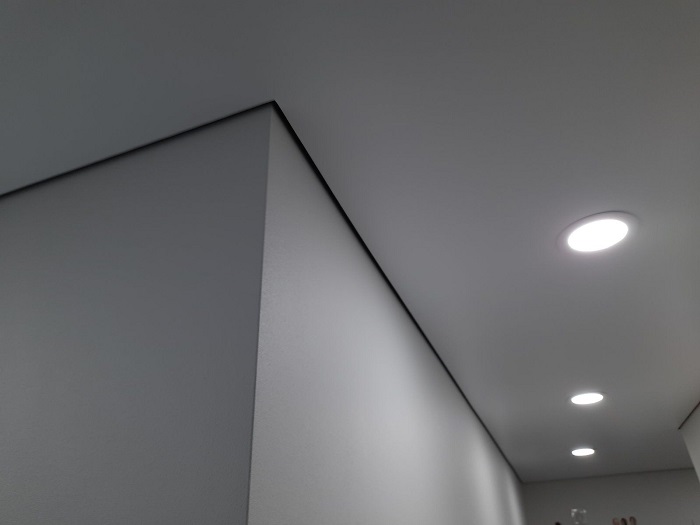Smart lighting has moved from tech novelty to household standard in just a few years. Controlled via apps, voice assistants, or automation routines, these systems promise energy savings, convenience, and better ambiance. But before replacing your entire setup, it’s worth asking: are smart lighting systems really worth it, or just a costly upgrade with limited return?
What Is a Smart Lighting System?
A smart lighting system allows you to control your lights remotely through your smartphone or voice assistant (like Alexa, Google Assistant, or Siri). Features can include dimming, color changes, motion detection, scheduling, and even geolocation triggers — all without touching a switch.
Smart bulbs, switches, plugs, and complete lighting ecosystems can be part of this setup. Some systems require a hub (like Philips Hue), while others are hub-free and connect directly via Wi-Fi.
The Real-World Benefits of Smart Lighting
- Convenience: Turn lights on or off from anywhere, or set them to follow daily routines.
- Energy Efficiency: Motion sensors and schedules help avoid wasted electricity.
- Security: Automate lights when you’re away to give the appearance of occupancy.
- Customization: Adjust brightness and color temperature to match time of day or mood.
- Integration: Connect lights with other smart devices — like thermostats or cameras — for a fully automated environment.
Are the Costs Justified?
Smart lighting isn’t cheap. A single smart bulb can cost 5–10 times more than a standard LED. Whole-home systems with sensors, dimmers, and voice integration quickly add up. That said, prices are dropping, and many systems are modular — you don’t have to install everything at once.
For most homes, starting small (like with a smart bulb in the living room or entryway) is a cost-effective way to test usefulness before investing fully.
Where Smart Lighting Makes the Most Sense
- Hard-to-Reach Fixtures: Chandeliers and stairway lights are easier to control with smart switches or automation.
- Outdoor Lighting: Motion-activated smart lights boost security and energy savings.
- Bedrooms: Routines like dimming lights gradually in the evening help support healthy sleep cycles.
- Hallways and Bathrooms: Sensors automatically lighting your way at night are a small luxury that adds safety.
If you’re upgrading decorative fixtures, pairing smart controls with elegant lighting can combine function and style. For example, you can explore timeless chandelier designs that work beautifully with smart dimming systems.
Common Concerns
- Wi-Fi Dependency: Some systems fail without internet access. Choose ones with local control options.
- Compatibility: Not all smart bulbs work with all platforms. Stick to major ecosystems (Apple HomeKit, Google Home, Amazon Alexa).
- Privacy: As with any connected tech, there’s always a trade-off between convenience and data sharing. Read privacy policies carefully.
Smart Lighting vs. Traditional Dimmers
| Feature | Smart Lighting | Traditional Dimmers |
|---|---|---|
| Remote Control | Yes (App, Voice) | No |
| Scheduling | Yes | No |
| Energy Efficiency | High (with automation) | Moderate |
| Installation Complexity | Varies (DIY or electrician) | Simple |
| Cost | Higher upfront | Lower |
So, Are Smart Lighting Systems Worth It?
For most homeowners, the answer is yes — when implemented thoughtfully. The real value lies in how well smart lighting integrates into your daily routine. It’s not about flashy features; it’s about seamless control, energy savings, and personal comfort. Whether you start with one bulb or go full-home, smart lighting adds real utility to modern living.
Final Thought
If you’re investing in smart controls, it makes sense to pair them with high-quality, long-lasting fixtures. A well-placed smart bulb is only as impressive as the light it’s in. Whether you’re upgrading a hallway or redesigning a dining room, don’t overlook the value of combining smart function with beautiful form — like the curated lighting collection at sayrug.co.uk














Leave a Reply